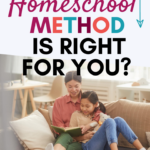
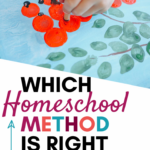
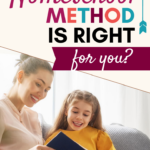

“What is the best way to homeschool my child?” This is a common question for parents to ask. Of course, it highly depends on your family and the needs of your child! However, knowing about the different homeschool methods out there will help you start in the right direction.
🎉🎉🎉 Hey! There’s a fantastic $400+ giveaway at the bottom of this page you won’t want to miss! Click here to go right to it. 🎉🎉🎉
In this post, here’s what you’ll find:
- A summary of each of the most popular homeschool methods
- A few of the lesser known but interesting homeschool styles
- Helpful homeschool tools to consider
Disclosure: *This post may include affiliate links. As an affiliate, I earn from qualifying purchases. Read the disclosures and terms for more information.
What's Covered:
Why Explore Homeschool Methods?
If you are in your first few years of homeschooling, learning the various homeschool methods can help you choose curriculum and craft your own family’s home education experience. You’ll probably pull from various methods and resources as time goes on!
Every family is different, every homeschool is different, and that’s part of the beauty of homeschooling. But certain homeschool methods have become popular over time, with resources, curriculum, and even communities to help support parents wanting to use those methods to educate their children.
Which Homeschool Method is the BEST One?
First, let’s just address the big question that homeschool mamas are bound to be asking themselves: Which homeschool method is the BEST one? Really, there isn’t a best method that will work for everyone equally as well. I know, right? Kind of disappointing.
Homeschool methods can appeal to people based on their goals and values, their family or personal teaching style, or the ages and stages of their kids. Those things vary wildly from family to family, so it’s impossible for anyone to say which one is really best.
Resist that feeling that what works beautifully for that gal on Instagram or Susie Q homeschooler down the street is the answer for you. It might be, but either way over time you’d develop your own method of things.
Traditional Homeschool Method
It used to be that “traditional” homeschool curriculum was all that was available. That’s because it was the material used in private Christian schools, and those publishers slowly made those available to homeschoolers over time.
Traditional homeschooling most closely mimics public and private school teaching. It involves typical schedules, textbooks or work texts, lesson plans, grading, and record keeping.
Pros and Cons: Traditional homeschooling is probably most familiar to us who grew up in the public school system, so it’s an easier transition at first. It also provides plenty of structure and guidance. However, it can lead to burnout fast and can be very time-consuming.
You Might Like This Homeschool Method If:
- You are looking for something as close to public/private school as possible, while still independently homeschooling
- You want to organize your day and your homeschool space like a mini school
- You or your student really want structure and accountability
- You like having detailed lesson plans and schedules to follow
- You like to use workbooks and textbooks
- You like tests and evaluations to measure progress
Curriculum & Resources:
- BJU Press Homeschool (this is the one I’d pick if I went traditional)
- Abeka (includes parent-led or Abeka Academy)
- Milestone Books (includes Rod & Staff and Pathway)
- Alpha Omega Publications (includes Horizons, LIFEPAC, as well as Monarch and Switched-On Schoolhouse for digital solutions)
- Christian Light Education (we use their math and love it)
Special Note: There are some public school at-home programs / charter schools that are sometimes lumped into traditional homeschooling method discussions. While they do involve educating at home, those particular options are NOT homeschooling (by legal definition) but rather a public school at home option. That can be important when it comes to homeschool laws and curriculum selections allowed.
Classical Homeschool Method
The classical homeschooling method has a few important variations within it you should research if you want to dive into this style.
- One type is a more classical liberal arts education focusing on “Great Books” and classical literature.
- Another main type teaches children in three stages (called the Trivium): Grammar, Logic, and Rhetoric.
More detail on the Trivium, which you’ll see reflected in many classical curricula:
- Grammar is about learning and memorizing facts with the idea that later on context and depth will fill in the meaning or value of those facts.
- The Logic stage is where that knowledge from the Grammar stage is evaluated with logic and reason.
- In Rhetoric, maturity, wisdom, and good judgment are the focus.
Most classical homeschoolers of all varieties also focus on good literature and learning to speak and write well, and many teach Latin. As I said, there are variations and flavors within the classical method worth exploring, but that’s the gist.
Pros and Cons:
- Classical education has a fairly defined pathway that can be followed.
- Students tend to be good speakers and writers and are familiar with rich literature selections
- It may be too rigorous for some families
- Some may not like the focus on rote memory some types have
- Often a focus on “Great Books” can have a humanistic worldview that parents may not want to pursue or may choose to approach with a biblical worldview for discussion.
You Might Like This Homeschool Method If:
- Logic and critical thinking are valuable to you.
- You want to plug into a community for accountability
- Studying languages is important to you, starting with classical languages
- You want to teach history chronologically
- Studying the “Great Books” and good literature is important to you
Curriculum & Resources:
- Teaching the Trivium by the Bluedorns (the first homeschool book I ever bought!)
- The Core: Teaching Your Child the Foundations of Classical Education by Leigh Bortins
- The Well-Trained Mind: A Guide to Classical Education at Home by Susan Wise Bauer
- Bible Road Trip (we love this curriuclum)
- Memoria Press
- Veritas Press
- Claritas Publishing
- Tapestry of Grace
- Bibli0Plan (the history curriculum we currently use)
- Classical Conversations
Charlotte Mason Homeschool Method
Charlotte Mason was a British educator who lived from 1842–1923. The Charlotte Mason method is based on her philosophy and writings. There is a heavy emphasis on “living books.” Living books are those written by passionate authors in a way that engages the reader – not dry textbooks.
The CM method includes short lessons, a lot of time outside observing nature (“nature study“), learning good habits, art and music study, and useful hands-on activities (“handicrafts“). In addition to reading good literature, copywork, narration, and dictation are important exercises. We actually incorporate a lot of CM practices in our homeschool, although there are .
Pros and Cons:
- A gentle and lovely approach in the early years
- Can produce very well-read students
- Easy to adapt materials from other methods, such as classical and unit studies, into a Charlotte Mason style.
- Can be challenging to follow a pure Charlotte Mason approach, especially with multiple ages, although there are ways to adjust it.
- While some families do Charlotte Mason through high school, many bring in other types of materials in the middle and high school levels, especially for science and math.
- Some of Charlotte Mason’s beliefs and assertions about the nature of children, sin, etc. are not biblical. Of course, her educational tactics are still effective and helpful, but I would encourage readers to evaluate her philosophies through a biblical lens.
You Might Like This Homeschool Method If:
- Learning through literature and reading “living books” is important to you.
- You want a more beautiful, peaceful, and pleasant homeschool experience.
- You want to make time outside with nature a priority.
- You like the idea of using simple tools like journaling, narration, and dictation for teaching.
- You want to incorporate Charlotte Mason ideas into your eclectic style homeschool.
Curriculum & Resources:
- Read my post about how we incorporate the Charlotte Mason method
- A Charlotte Mason Companion by Karen Andreola
- A Pocketful of Pinecones by Karen Andreola
- For the Children’s Sake by Susan Schaeffer Macaulay
- Simply Charlotte Mason Audio and Video Podcast
- Our Journey Westward
- The Homeschool Garden
- Simply Charlotte Mason
- Ambleside Online
Unit Studies Homeschool Method
Unit studies are a fun homeschooling method that you can use completely (with perhaps the addition of math curriculum) or as a supplement. To create a unit study, you take a block of time (a month, for example) to teach many or all subjects around a common theme. For example, a unit study on the weather could include Bible studies, science, history (famous storms), math, literature, reading, writing, etc.
Pros and Cons:
- Unit studies are enjoyable and engaging, especially suited for hands-on learners.
- They are a great way to teach that all subjects are connected and see relationships between them around the common theme.
- Can aid retention so kids actually remember what they learn!
- Usually a unit study approach is incomplete, especially past the younger years, and needs support with other methods and materials.
- Some unit study materials can have no common thread among the unit studies, which can be a little too scattered for some families.
You Might Like This Homeschool Method If:
- You want your homeschool to be fun and interesting
- You like the idea of moving from theme to theme to avoid boredom
- You want to teach your children how subjects are connected
- You want to involve your child in planning their studies
- You want to teach your children using free and frugal resources
Curriculum & Resources:
- Read this article here on the site about how to create your own unit studies
- Try out these unit studies based on children’s literature
- Unit Studies by Amanda Bennett
- In the Hands of a Child
- Five in a Row
- Trail Guide to Learning
- Winter Promise
Delight Directed / Relaxed Homeschool Method
Delight-directed learning is a homeschool method where you follow your child’s interests and then provide the materials and curriculum for them to study.
Now, there’s some gray area about the definition of delight-directed learning, as well as where it starts bleeding into unschooling. But according to my friend Marcy, who graduated her son with a delight-directed approach, the main differences are as follows:
“…most homeschoolers who follow a delight-directed path do use some curriculum — especially for the 3Rs. The other big difference is that delight-directed learning can be one part of homeschooling. It’s something you can do once a week, a week at a time, or just during summer months. You can use delight-directed learning for one just one subject or all subjects. Delight-directed learning is a method of homeschooling. Unschooling is not really considered homeschooling at all. It is the opposite of “schooling.” If you unschool, you do it all the time, every day. Not just when you need a break from the regular routine or to indulge a high school elective. It’s more ‘self-directed’ than ‘delight-directed.'” – Marcy Crabtree
Pros and Cons:
- This can be a really fun way to explore your child’s interests and teach them how to learn in the process.
- It’s a less stressful and more flexible approach.
- I also agree with Marcy’s comment in the quote above, that you can use delight-directed learning in certain pockets of your homeschool. That’s what we do!
- The downsides can be a lack of structure (that can be a benefit too, depending on your goals).
You Might Like This Homeschool Method If:
- You or your child wants to learn a variety of topics and not be boxed in by curriculum.
- You want your child to love learning and remember what they learn.
- You don’t have rigorous state requirements and want to take advantage of the freedom.
- You like the idea of a wonder-filled homeschool experience.
- You want to provide a good education without fussing with lesson plans and detailed schedules.
Curriculum & Resources:
- See the resources for Unit Studies above
- Read about deschooling – a great way to get the public school out of your system and start delight-directed
- Educating the Wholehearted Child by Clay and Sally Clarkson
- Delight-directed planner from Ben and Me
- Schoolhouse Teachers for a variety of courses and topics to choose from
- Any books or curriculum, really, that fit your child’s interests
Eclectic Homeschool Method
And here we are, in my corner of the homeschool world. 😉 I really think that most homeschoolers end up in the eclectic homeschool method, which basically means you pull resources and teaching tools from a variety of methods and adapt them to suit you.
Pros and Cons:
- The eclectic homeschool method allows you the most flexibility to cater your homeschool to each child’s learning styles, goals, and needs, as well as to your teaching style.
- It brings the best of all the different methods and curriculum options into your homeschool.
- It can be tempting to bounce around too much with all the options available
- It can take more time and research on the part of the parent to decide which tools and resources to use. (I’m just gonna say… I like that part. lol!)
You Might Like This Homeschool Method If:
- You don’t want to follow someone else’s schedule or lesson plan.
- You want to take advantage of the benefits of several methods and tools.
- You like the flexibility of adjusting your homeschool to fit your child’s needs as they arise.
- You enjoy researching curriculum and homeschool methods. (It’s fun… admit it.)
- You are comfortable with picking what works for you and aren’t tempted to try to do everything. (Ahem… this one comes with time.)
Curriculum & Resources:
- Check out my post with all our current and favorite curriculum choices to get a peek at eclectic homeschooling.
- See all the resources and curriculum ideas in this post. It’s all up for grabs with eclectic homeschooling.
More Homeschool Methods
As I’ve said, in our homeschool, we incorporate pieces of all the methods I’ve discussed so far. But there are other methods you might want to consider as well.
Unschooling
Although this approach doesn’t appeal to me personally, I have seen it work in some families. I suspect it depends on the family and the child. I would make sure you are meeting your homeschool laws and do some reading on the topic. Also, in a Christian home, discipleship requires instruction, so that must not be neglected. I do think that often people confuse unschooling with delight-directed schooling. To learn more, look up the author John Holt for a place to start!
Principle Approach
This approach focuses on teaching students to reason biblically through every area of life using 7 core biblical principles. The approach is applied to all subjects. Find out more about this method in this guest post or at Principled Academy.
Montessori
This is an early education method that has a humanistic foundation (be discerning with her worldview) but can be adapted for use in the Christian homeschool as well. It focuses on self-regulation, personal habits, providing learning opportunities throughout the home they can choose from, and includes some delight-directed elements. If you’re interested in Montessori, I would check out Deb from Living Montessori Now. I don’t know her personally, but hers was a blog I came across early on and it was fun to see how she homeschooled.
Waldorf
This method is based on the work of Rudolf Steiner and focuses on holistic education and an emphasis on movement, nature, and awareness. While some of the teaching tools of Waldorf education might be adapted for use in a Christian homeschool, parents would be wise to research the religious thoughts of the founder (including anthroposophy) as they are definitely not biblical.
Reggio Emilia
This approach focuses on inquiry-based learning, investing time in in-depth projects to explore those interests, and giving children plenty of opportunities to express themselves and collaborate with others. It also includes using a variety of activities (touching, moving, listening, and observing) to explore various aspects of a certain idea or concept being learned, drawing from a multiple intelligences approach.
Worldschooling
This is more of a movement of homeschoolers who have embraced the freedom of homeschooling and chosen to combine family worldwide travel with home education. It often focuses on finding learning experiences in the people and places they encounter along the way.
Roadschooling
Similarly, roadschoolers have gone mobile, but by road instead of worldwide travel. They often take to RVs and travel the country. Both of these groups often incorporate other methods of homeschooling, but with the added benefit of travel and destinations.
Additional Tools for Your Homeschool Toolbox
In addition to methods and movements, certain homeschool tools have become popular and may have a big impact on HOW you teach your children. These are used along with one or more homeschool methods described above.
Co-Ops
Families often join together to form co-ops or become members of existing co-ops. There are co-ops for various homeschooling methods available. These may or may not include a fee and often come with shared teaching / activity responsibilities.
Notebooking
This is one of my personal favorite tools. Notebooking is writing and/or drawing to tell in a child’s own words what they read or learned. It can be used to teach several subjects at once, including the topic being written about (history, science, etc.) as well as language arts skills.
Literature-Based
You may hear homeschoolers say that they use a “literature-based” homeschool. This may mean a particular curriculum that uses literature to teach, or a method that emphasizes reading good books, such as Charlotte Mason or classical education.
Multi-level Teaching
When families have multiple grades to teach at the same time, the logistics and even the materials they choose can impact how their homeschool runs. Here is a post with more information on multi-level teaching.
Box Curriculum
Many homeschoolers start out their journey by purchasing a “box curriculum,” which simply means a grade level of curriculum all from one company. Several companies, coming from different homeschool methods, provide box curriculum options.
Online / Distance Learning
There are online and distance learning options available for independent homeschoolers (such as BJU Press Homeschool). Many times families will use one or two courses from these options, but many homeschoolers also do complete online/distance learning. The only thing to be aware of when you consider this option is that some online curriculum options are actually government-funded public school at home options, and that’s a different thing. Usually “charter school” “K12” and “public school at home” are phrases you’ll see to identify them.
WHEW! That was a whole lot of information! I hope that it is helpful to you as you navigate all the various homeschool methods and homeschool styles available to you. Feel free to ask questions if you have them! ❤️
~ Tauna
GIVEAWAY: $435+ Value Back to Homeschool Bundle!
To bless your homeschool this year, these fabulous vendors have generously offered these resources for one winner!
Math Mammoth Light Blue Series grades 1-7 bundle digital download ($184.00 value)
You’ll win Math Mammoth curriculum for ALL levels 1-7! Some features of Math Mammoth:
- It is mastery-oriented and organized into chapters by topics. Thus, in each chapter the curriculum concentrates on one theme and its connecting topics (such as place value, multiplication, or geometry). Each grade level typically contains 8-10 chapters.
- The curriculum focuses strongly on conceptual understanding.
- Visual models and exercises are used a lot.
- Mental math and number sense are emphasized.
- The curriculum is nearly self-teaching for many children, since the full explanations of concepts are included in the student books. Thus it requires fairly little preparation time from the teacher.
- There are free videos that are matched to the curriculum.
- Each grade level consists of two student worktexts (A and B), which contain both the teaching (explanations) and all of the student work (exercises). Also included are answer keys, chapter tests, end-of-year test, cumulative review lessons, and a versatile worksheet maker (Internet access required).
Literacy Assessment Report from Multisensory Reading Center ($125 value)
Rabbit Trails Through Literature Volume 1 ($48.00 value)
Rabbit Trails through Literature: Volume 1 is a literature based language arts curriculum for all elementary age students. It contains 16 lessons, with each lesson taking 2 weeks to cover. This makes it a 32 week curriculum, which covers one full school year.
Volume 1 has 16 lessons on different language arts concepts that your children are sure to love. The 16 language arts lessons include reading comprehension, some grammar elements, parts of a book, etc. Plus, your children will love the “rabbit trails” on topics such as owls, family, presidents, libraries, fables, and mo much more!
You’ll find this and several other fantastic studies over at Rabbit Trails Homeschool! They’re a relatively new find for me and I just love how they look. Can’t wait to try some with my kids!
Character Trails Book from Character Concepts ($24.95 value)
One of our favorite character companies is Character Concepts. And one of my kids’ all-time favorite books for read-aloud time is Character Trails!
Character Trails teaches the essential character qualities of attentiveness, boldness, decisiveness, joyfulness, flexibility, availability, generosity, courage, orderliness, endurance, thoroughness, and compassion.
Practical hands-on projects make learning come alive. Interesting “application questions” make it easy for you and your child to apply lessons to real life situations!
Brain Training at Home video training for parents from Our Journey Westward ($15.00 value)
The Brain Training at Home video training for parents will help you learn to use game-like activities for brain training at home to help improve cognitive skills and boost academic performance for all ages.
If your child struggles with attention, memory, auditory processing, visual processing, comprehension, or logical reasoning, brain training exercises can help!
Teach Practical Life Skills video masterclasses from Our Journey Westward ($15.00 value)
What are the important life skills for kids and how do you teach them on top of an already busy schedule? The Teach Practical Life Skills Masterclass will answer those questions!
What exactly are life skills for kids? In a broad sense, they are ANYTHING a child needs to learn in order to make it in the world as a successful adult. That includes everything from reading and communication to balancing a checkbook and problem-solving.
In this class, we’ll look at a slightly narrower view of life skills and focus on very practical things like self-care, the necessary things to run a home, and important skills for the real world. Just a few examples of the types of life skills we’ll cover include things like:
- animal care
- pantry organization
- party planning
- caring for lawn equipment
- time management
US Geography Sorting Mats: Bundle of All 50 States from Peanut Butter Fish Lessons ($13.00 value)
Looking for a fun, hands on activity for students to review their knowledge of US states? The US Geography Sorting Mats will challenge students to recall the information they have studied and use their critical thinking and/or research skills to fill in the information they don’t know. By using both hands as well as their language, visual and critical thinking skills, they will engage their whole brain during this activity.
This set contains sorting mats for all 50 states, divided and color coded into sets of five. Students will match the picture, flag, capital and major cities, nickname, state symbols, facts, # of US Representatives, when each state entered the union and local sports teams to each state. An answer key is included for students to self-check their work.
No More Angry Mom eBook by Tauna Meyer ($14.00 value)
No More Angry Mom: Becoming a Gentle Mother Through Practice and Prayer, is a Christ-centered book that guides you through practical steps toward a biblical view of anger and tools to help you overcome it in your parenting. (NOTE: This is a digital download. No physical copy will be mailed.)
Here’s what you will find in No More Angry Mom:
- Is anger ever ok?
- How to set yourself up for success
- Managing the overwhelm
- Enlist Help
- Tools to help you
- Scripture and prayer
- Proactive instruction
- Trigger plans and practice
- Anchoring to Christ
- When you blow it
- When progress seems slow
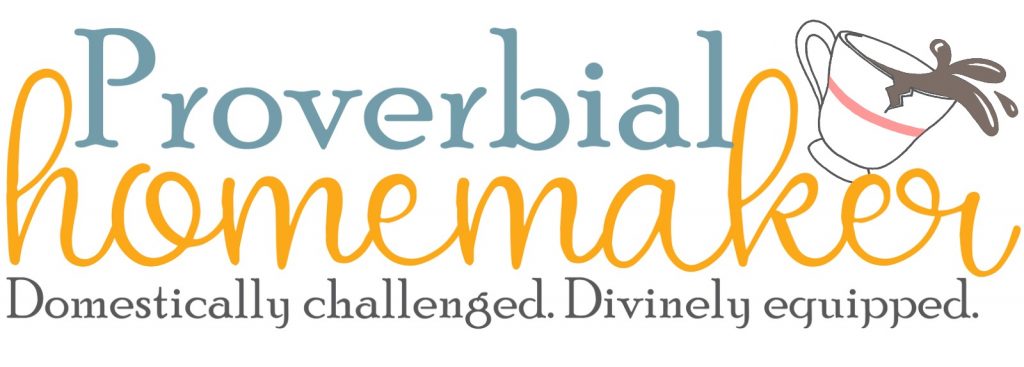
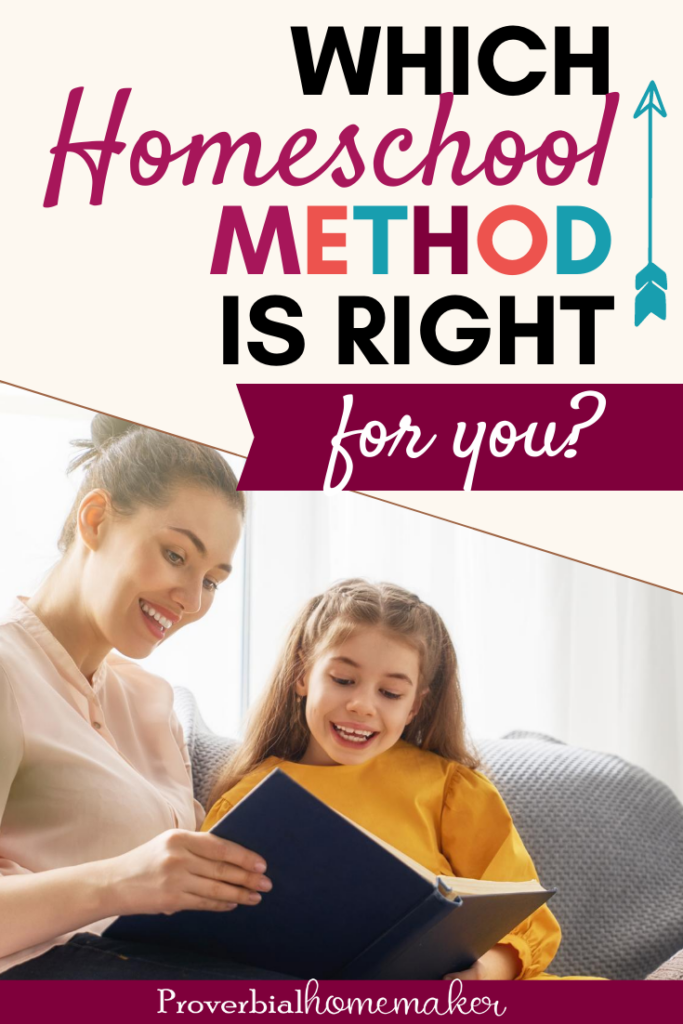
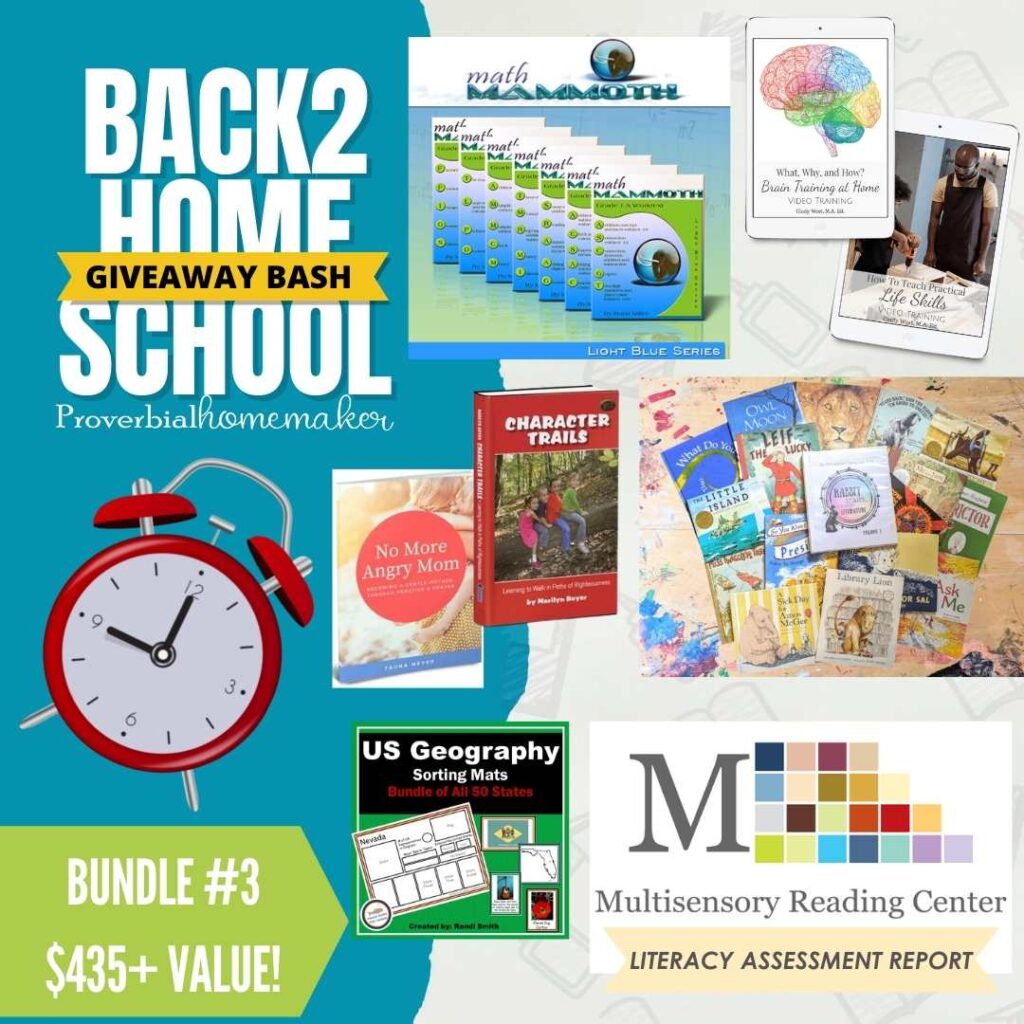

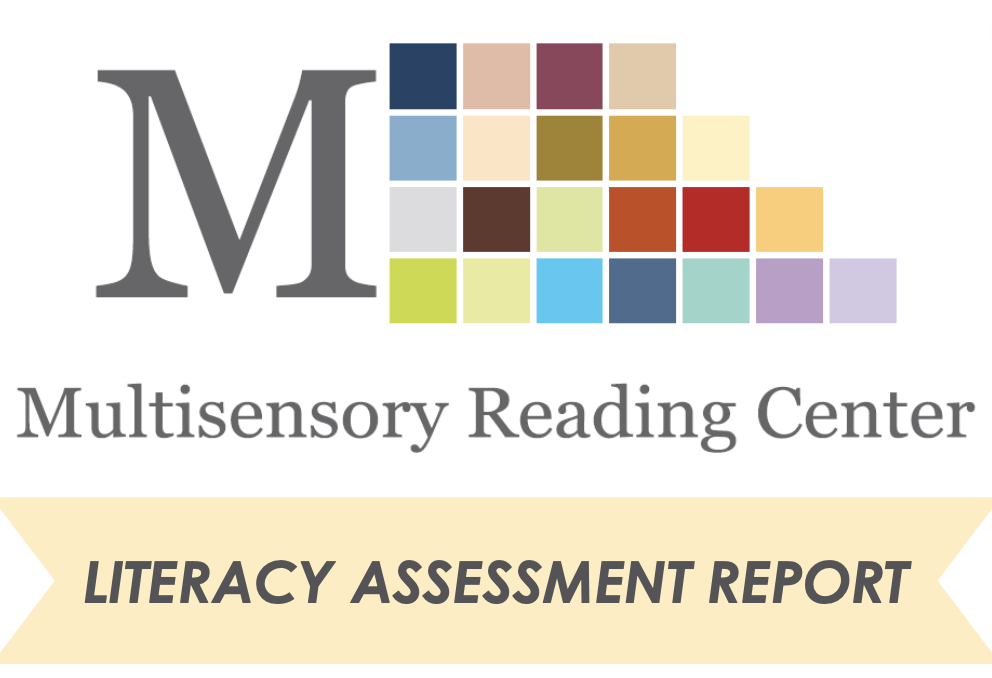
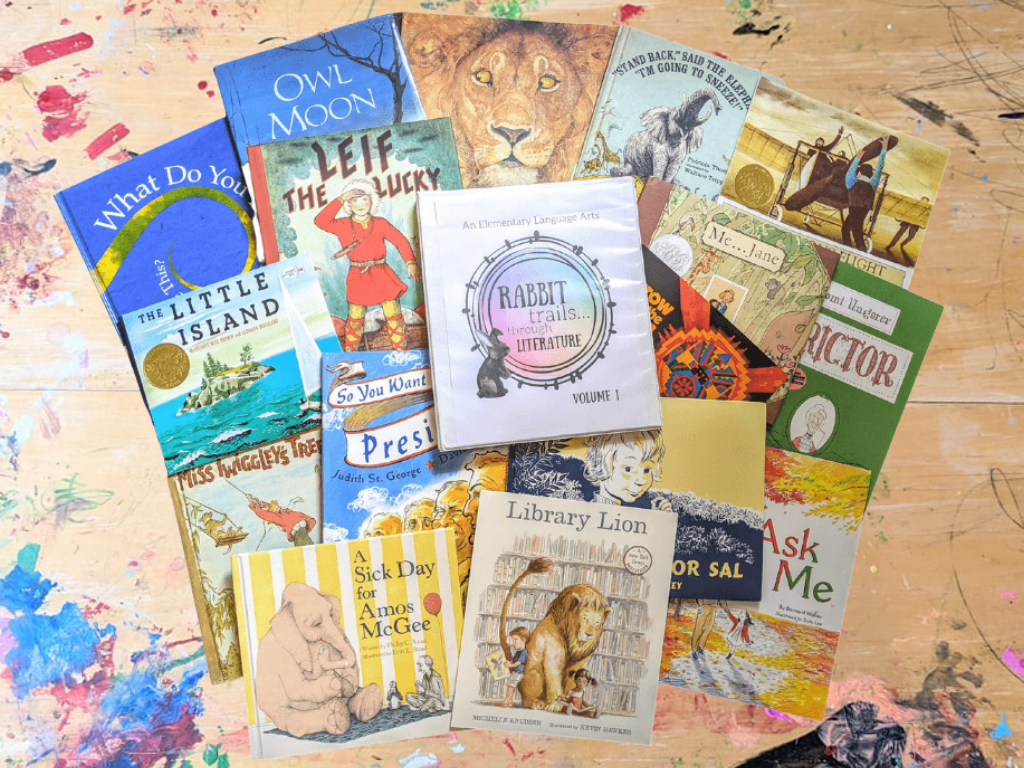
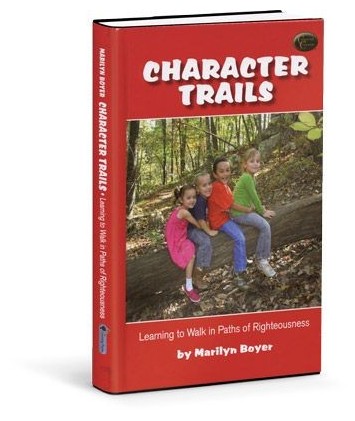
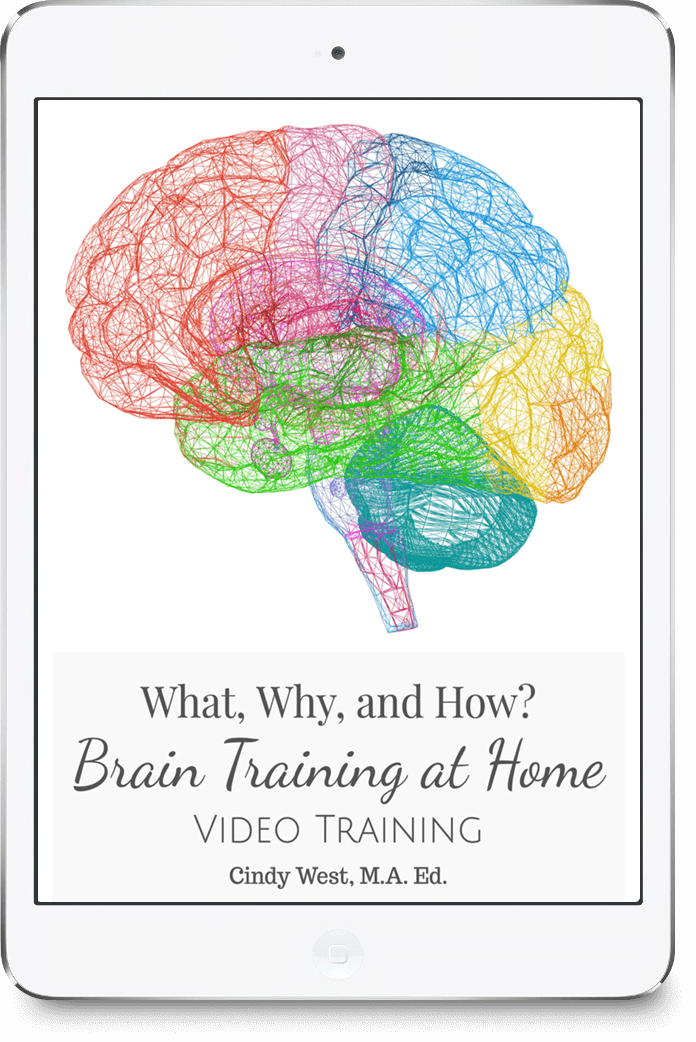
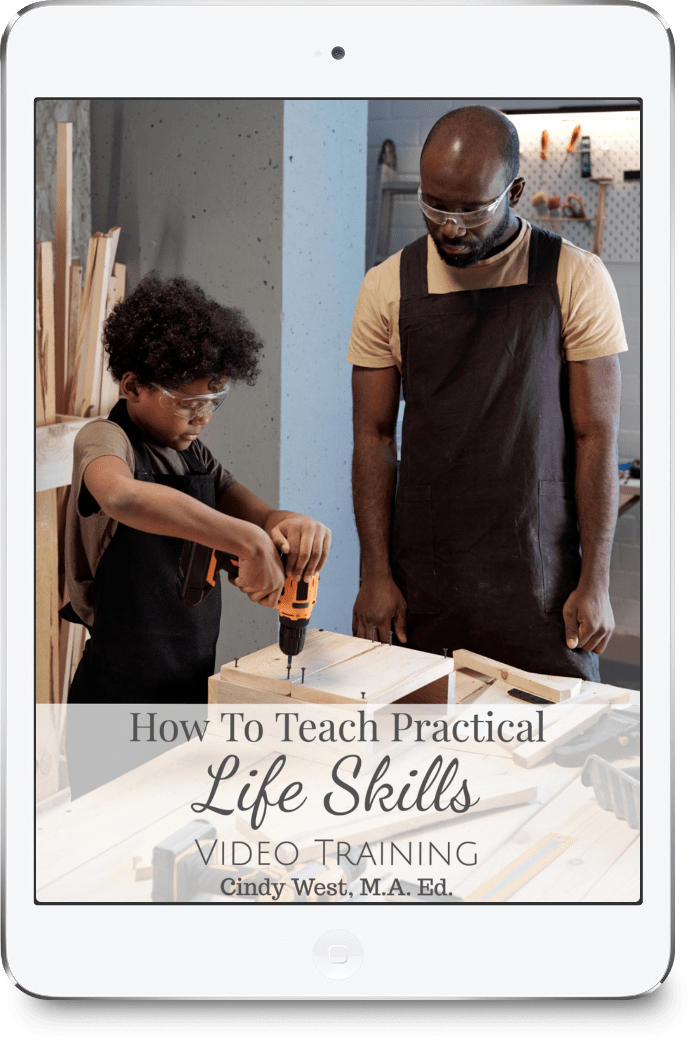
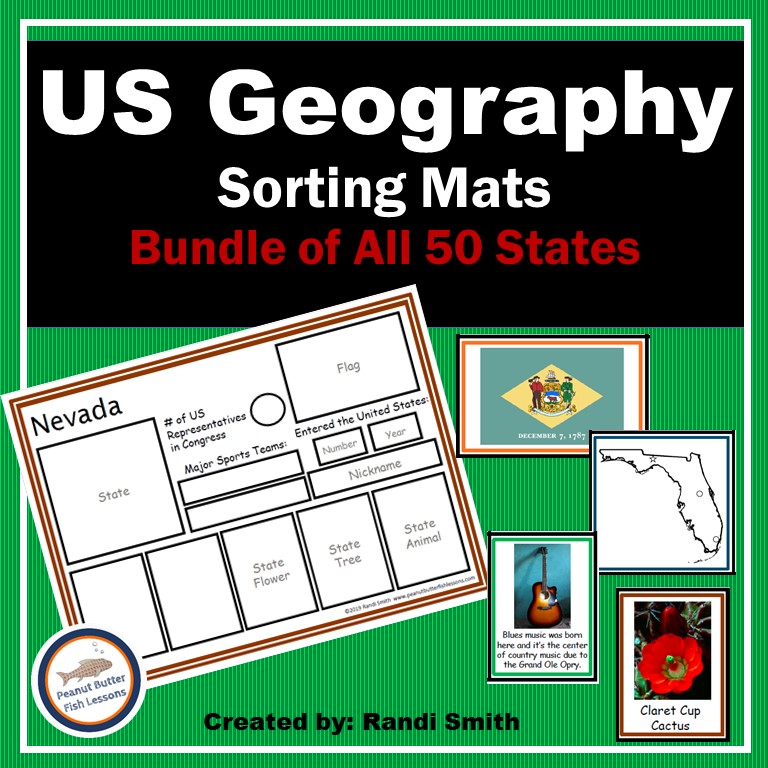
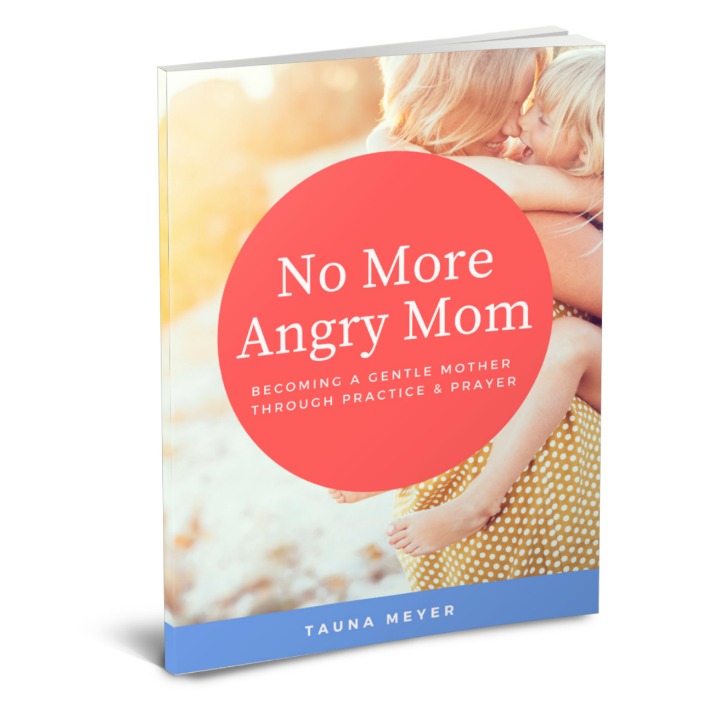
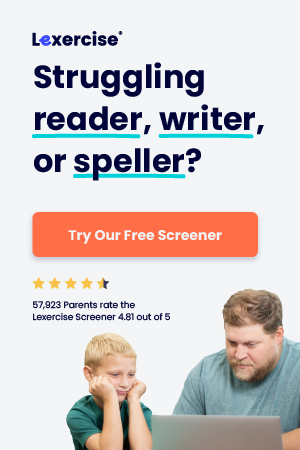
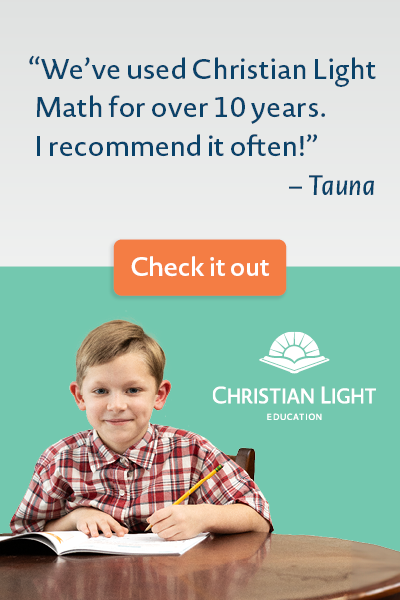
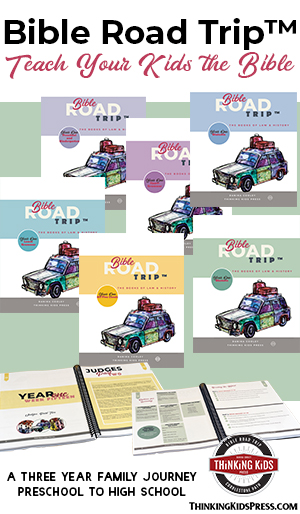
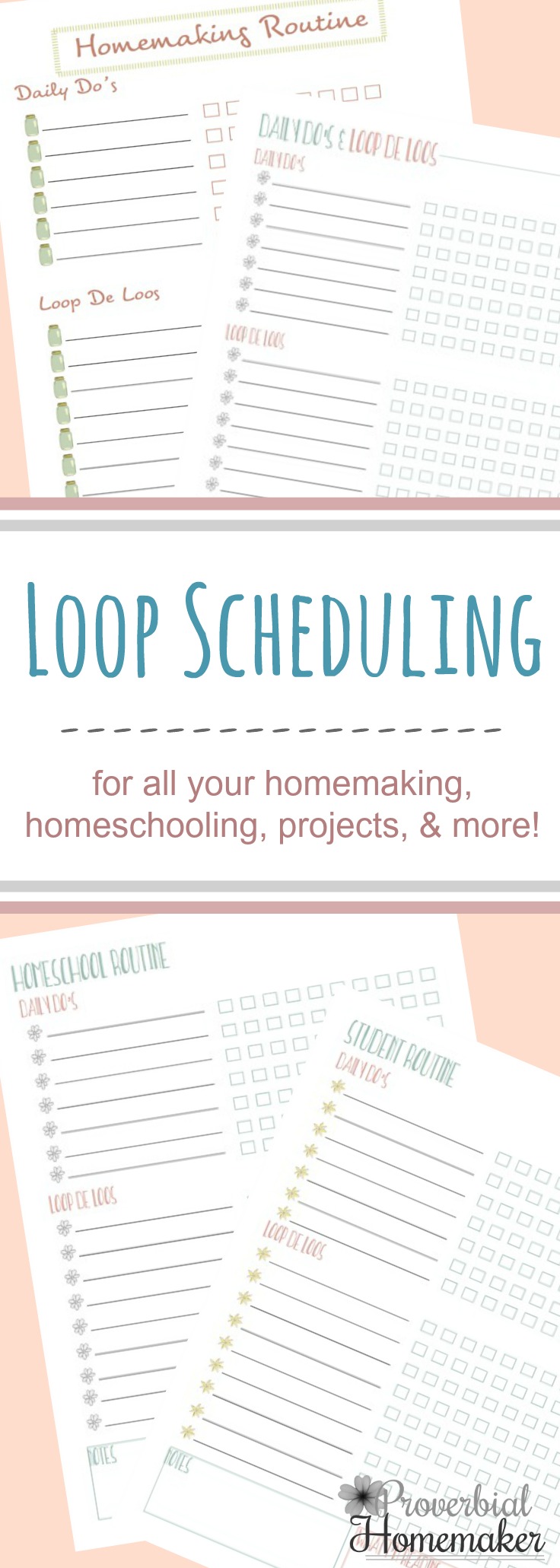

 by Stephanie, The Multi Taskin' Mom
by Stephanie, The Multi Taskin' Mom
This Post Has 8 Comments
I am between Charlotte Mason and Unit Studies – maybe finding a way to combine the two.
Great round up and info!
Great info! I have come to realize I am eclectic.
I was homeschooled traditionally in my elementary years and then classically through middle and high school. At the first homeschool convention we attended as parents, I heard someone speak about nature study and mention the idea came from Charlotte Mason. I was drawn in through nature study and in love after that! We have never been Charlotte Mason purists and I’ll admit I’ve never read “Home Education” from cover to cover. However, we do follow the main principles of living books and narration and I can see the fruit of it in my children’s knowledge and expression now. We’ve done picture and composer study off and on. The few pieces that we’ve studied they recognize, talk about, and remember fondly. I reject her method of teaching reading and spelling and I don’t follow her for math. The reading and spelling method sounded so simple and beautiful, but it set my son back when I tried it and we returned to good old phonics. My younger son is still hampered in his spelling and I think it’s partly from that faulty foundation.
Now that we are moving into “middle school” I’m finding that classical and Charlotte Mason mesh more than I had anticipated and I’m glad I really don’t have to choose between the two in the upper years!
I love the idea of unit studies but I do not like how much time they take to prepare. Im leaning more towards Charlotte Mason right now but im liking the idea of including delight directed times not the whole approach to my homeschool. Thank you for mentioning that!
We do a lot of interest led learning that’s almost unschooling. There are subjects I require my kids to cover even if they’re not interested but not until high school.
I am eclectic, but definitely lean towards unit studies and anything literature-based.
Our homeschool would be described as eclectic with strong Charlotte Mason leanings. With that being said, after homeschooling for as long as I have been, 22 yrs with 18 more to go & with multiple learning differences, I’ve discovered that my teaching style must be able to adapt to the way each child learns best. *Obviously MUCH easier said than done!